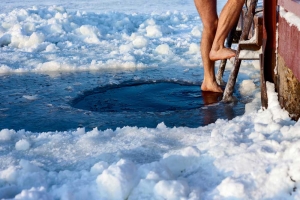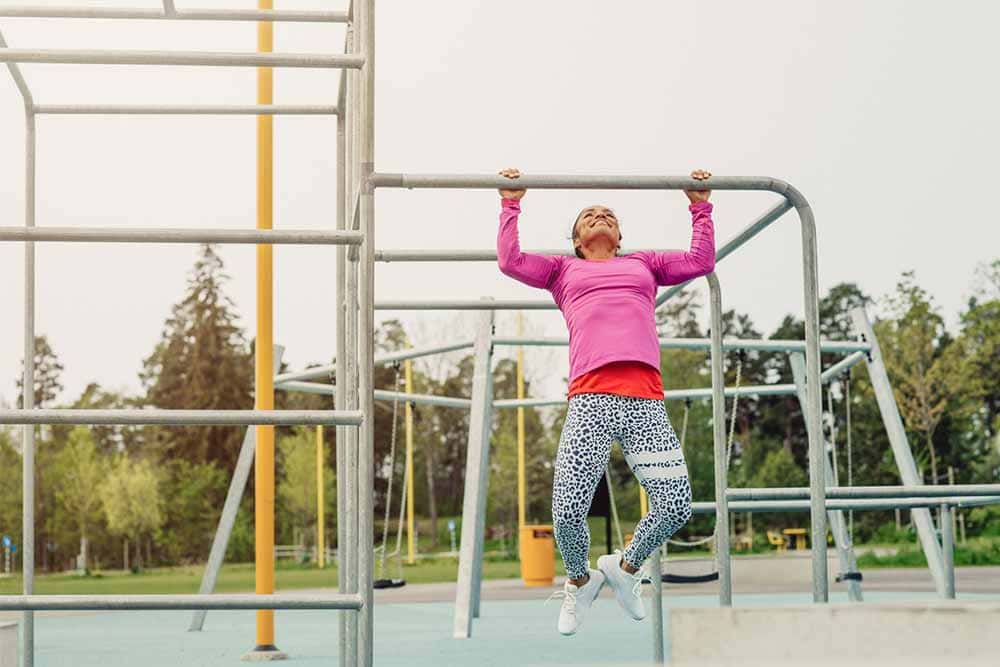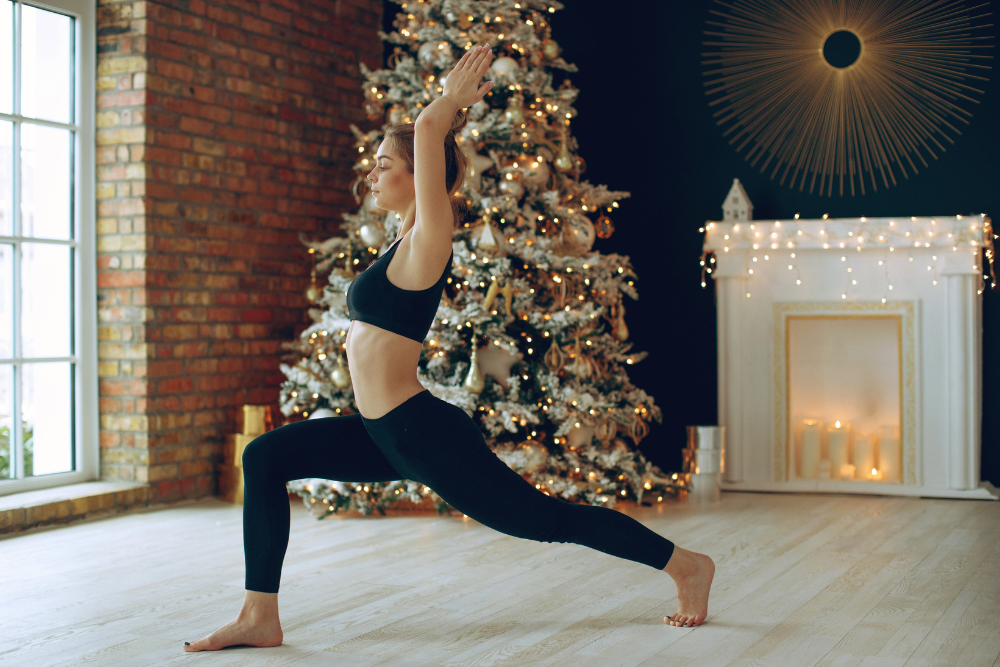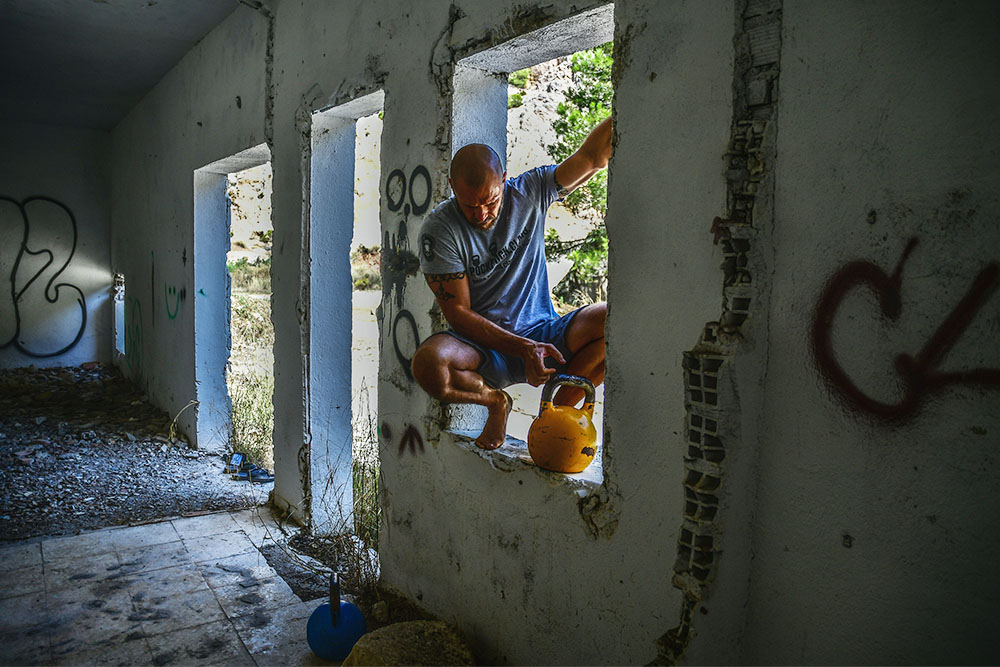6 Cures for Sore Muscles After HIIT

Alyssa Bialowas
What are Sore Muscles?
Delayed onset muscle soreness (DOMS) is essentially your body’s response to muscle pain after a workout. This response sends a signal to your body to leave those muscle alone and results from microscopic tears in your muscle tissue. DOMS can affect anyone regardless of fitness level and tends to happen when you start a new fitness program or increase the intensity of your regular workout. It’s a feeling that I’ve come to know and love because I know that pain is a necessary step before I see and feel the results in the overall health of my body. High intensity interval training (HIIT) can often lead to an experience of DOMS as you are frequently activating different sets of muscles than you’re used to. The trick to managing DOM is to build up gradually however; most athletes regardless of fitness level have experienced DOM in their lifetime. This is why we outline tactics to help relieve the pain.
Want to know exactly what you need to eat to perform and feel better, lose weight, end cravings and have more energy? Check out the Viome gut microbiome and wellness kit.
gut microbiome and wellness kit.
Related Article: Health Challenges and Cleanses – A Help or Hinder?
The muscle soreness is part of an adaptation process in which your muscle fibers are broken down and damaged as the muscles recover and build, leading to greater stamina and strength. Although every athlete is different, DOMS usually occurs one to two days after exercise and typically lasts about three to five days. If you’re trying to achieve maximum health benefits and increase your overall fitness, three to five days is a long time to wait until your next workout. Below we outline 6 tips and cures for sore muscle after a HIIT workout or any workout that leaves you sore.
Try these 6 tips and cures for sore muscles after training…
-
Ice
 Sport medicine specialists recommend cold treatment via ice for maximum benefit to your muscles after a workout. Icing will help speed up the healing process and prevents further muscle damage, whereas a hot bath may make you feel better initially to relieve pain and loosen up your muscles but will not initiate muscle healing. Hot/cold treatment (ice pack
Sport medicine specialists recommend cold treatment via ice for maximum benefit to your muscles after a workout. Icing will help speed up the healing process and prevents further muscle damage, whereas a hot bath may make you feel better initially to relieve pain and loosen up your muscles but will not initiate muscle healing. Hot/cold treatment (ice packfor 15 minutes and alternate with a hot pack for 15 minutes) is effective to both loosen muscles and aid blood circulation, as well as speed up the healing process through muscle recuperation.
-
Light Massage

If you have the funds and the time, a light deep tissue massage after exercise will increase blood flow to your muscles and aid with decreasing muscle inflammation and soreness. You can also massage
your muscles yourself by slowly working into the sore part of your muscle with your hands. If you can’t reach the muscles you need to massage, use a tennis ball against the wall to apply pressure to back and shoulder muscles to aid soreness. For the most benefits, we recommend combining cold therapy with the relief of a roller, which can be achieved with the amazing Recoup Fitness Roller.
-
Coffee

Studies have shown that drinking coffee before a workout drastically reduces muscle soreness and muscle fatigue. Drink a cup or two of coffee before a workout and you will feel the caffeine advantage to boost your endurance. It has been shown that 2 cups of coffee, especially for beginner athletes, reduced muscle soreness one to two days after a session. Research also suggests caffeine likely works by blocking the body’s receptors for adenosine, a chemical released in response to inflammation. Drink up!
-
Stretching
If you experience DOMS after a workout, your muscles will tighten as they recover. When our muscles tighten, it increases the feeling of muscle soreness, and gentle stretching of the sore or tight area will aid to diffuse pain. Use a yoga mat
for added stability and support, or TRX suspension systems for a really intense stretch.
-
Ibuprofen
Similar to the effects of a hot bath, ibuprofen helps with muscle inflammation and muscle soreness. Use ibuprofen in low doses and do not resort to over the counter painkillers.
-
Keep Moving
 The worst thing you can do after a hard workout session is to sit for long periods of time. While moving might be the last thing you want to do, getting up and doing light exercise such as going for a slow jog, walk, or swim will help loosen your muscles. We refer to this type of exercises as “active recovery.” Keep your heart rate low and try not to overexert yourself.
The worst thing you can do after a hard workout session is to sit for long periods of time. While moving might be the last thing you want to do, getting up and doing light exercise such as going for a slow jog, walk, or swim will help loosen your muscles. We refer to this type of exercises as “active recovery.” Keep your heart rate low and try not to overexert yourself. -
Try to prevent DOMS in the first place…
DOMS or even intense muscle pain after a workout can turn into barriers to your future fitness. There is no evidence that warming up; stretching, or being in better shape will prevent you from feeling DOMS after a workout. Experts recommend a gradual start to new fitness programs, as the gradual increase in intensity over time will let your muscles adapt to new movements and new weight levels.
 Looking for great workout gear? HyperWear Gear’s SandBell Weights give you lots of weight level options and save space and money over traditional bulky weights. ForeverFitScience highly recommends them as a great alternative to everyday weights you’ll find at the gym.
Looking for great workout gear? HyperWear Gear’s SandBell Weights give you lots of weight level options and save space and money over traditional bulky weights. ForeverFitScience highly recommends them as a great alternative to everyday weights you’ll find at the gym.
Related Article: HIIT Is Beneficial For All Ages
The next time you experience DOMS, try these 6 tips and cures to get back to your next workout without losing your fitness gains! Takeaway: Prevent overally sure muscles from HIIT in the first place. Start gradually and increase your fitness over time.
JOIN OUR NEWSLETTER
You Might Like:
















